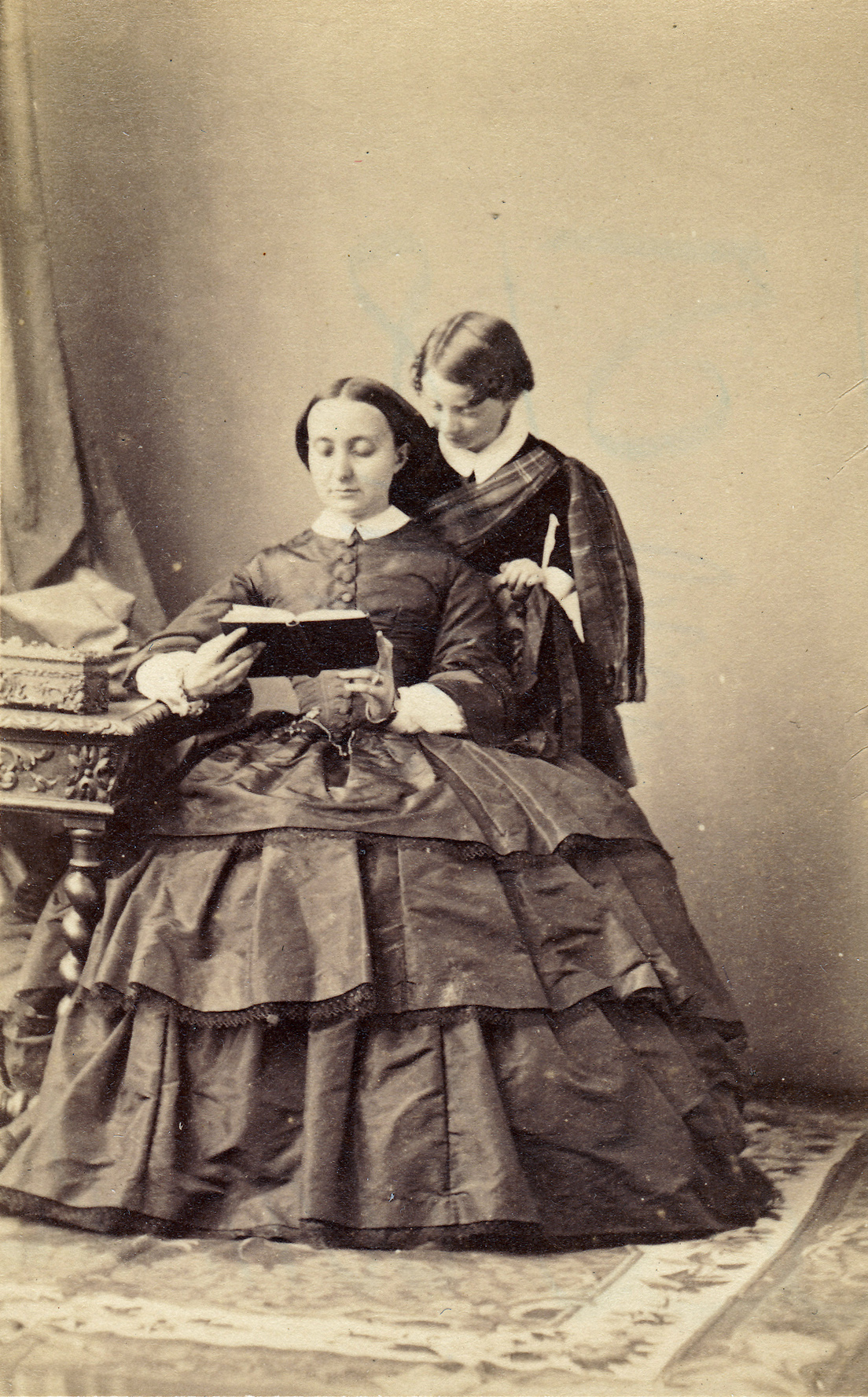|
Palazzo Primoli
Palazzo Primoli is a Palazzo in Rome, Italy. It is owned by the Fondazione Primoli and the city of Rome and houses several museums and collections. The palazzo was built in the seventeenth century. In 1901 Count Giuseppe Primoli (1851–1927) became its sole owner. He extended and partly modernised the palazzo with a new facade and entrance between 1901 and 1911. The Count's maternal grandparents were Charles Lucien Bonaparte and Zénaïde Bonaparte, and the Count brought together a collection of objects (now the Museo Napoleonico), documenting the relationship between Rome and the Bonaparte family. He also was an avid photographer. In 1927 Giuseppe Primoli donated the palazzo and his collections to the municipality of Rome. The Museo Napoleonico is located on the palazzo's ground floor, and the third floor is occupied by the Museo Mario Praz, the former residence of Mario Praz Mario Praz (; September 6, 1896, Rome – March 23, 1982, Rome) was an Italian-born critic of art a ... [...More Info...] [...Related Items...] OR: [Wikipedia] [Google] [Baidu] |
Giuseppe Primoli
Count Giuseppe Napoleone Primoli, in French Joseph Napoléon Primoli, (born 2 May 1851 in Rome–died 13 June 1927 in Rome) was an Italian nobleman, collector and photographer. Biography Giuseppe Primoli was born in Rome, 2 May 1851. His parents were Pietro Primoli, Count of Foglia (1820–1883) and Charlotte Bonaparte ('Carlotta', 4 March 1832 – 10 September 1901). His maternal grandparents were Charles Lucien Bonaparte and Zénaïde Bonaparte. He had two brothers, Napoleone (born 1855 in Paris–died 1882 in Rome) and Luigi (born 12 February 1858 in Paris–died 1925), who also became an amateur photographer, and who would travel to India in 1904-1906. Giuseppe Primoli lived in Paris from 1853 to 1870. He befriended writers and artists both in Italy and France, and was host to Guy de Maupassant, Paul Bourget, Alexandre Dumas fils, Sarah Bernhardt and others in Palazzo Primoli in Rome. In 1901 he became the sole owner of the palazzo, which he enlarged and modernised between ... [...More Info...] [...Related Items...] OR: [Wikipedia] [Google] [Baidu] |
Charles Lucien Bonaparte
Charles Lucien Jules Laurent Bonaparte, 2nd Prince of Canino and Musignano (24 May 1803 – 29 July 1857), was a French naturalist and ornithologist. Lucien and his wife had twelve children, including Cardinal Lucien Bonaparte. Life and career Bonaparte was the son of Lucien Bonaparte and Alexandrine de Bleschamp. Lucien was a younger brother of Napoleon I, making Charles the emperor’s nephew. Born in Paris, he was raised in Italy. On 29 June 1822, he married his cousin, Zénaïde, in Brussels. Soon after the marriage, the couple left for Philadelphia in the United States to live with Zénaïde's father, Joseph Bonaparte (who was also the paternal uncle of Charles). Before leaving Italy, Charles had already discovered a warbler new to science, the moustached warbler, and on the voyage he collected specimens of a new storm-petrel. On arrival in the United States, he presented a paper on this new bird, which was later named after Alexander Wilson. Bonaparte then set about ... [...More Info...] [...Related Items...] OR: [Wikipedia] [Google] [Baidu] |
Zénaïde Laetitia Julie Bonaparte
Zenaida (Greek name meaning "Life of Zeus.") Zenaide (Italian), Zénaïde (French), or Zinaida (russian: Зинаида). /ref> It is a used in many cultures used for women. It can also refer (as ''Zenaida'') to the Zenaida doves, named after Princess Zénaïde Bonaparte. |
Museo Napoleonico
Museo may refer to: * Museo, 2018 Mexican drama heist film *Museo (Naples Metro) Museo is a station on line 1 of the Naples Metro. It was opened on 5 April 2001 as the eastern terminus of the section of the line between Vanvitelli and Museo. On 27 March 2002 the line was extended to Dante Dante Alighieri (; – 14 S ..., station on line 1 of the Naples Metro * Museo, Seville, neighborhood of Seville, Spain {{disambiguation ... [...More Info...] [...Related Items...] OR: [Wikipedia] [Google] [Baidu] |
Mario Praz
Mario Praz (; September 6, 1896, Rome – March 23, 1982, Rome) was an Italian-born critic of art and literature, and a scholar of English literature. His best-known book, ''The Romantic Agony'' (1933), was a comprehensive survey of the decadent, erotic and morbid themes that characterised European authors of the late 18th and 19th centuries (see '' Femme fatale'' for a reference of one of his chapters). The book was written and published first in Italian as ' in 1930; and the most recent edition was published in Florence by Sansoni in 1996. Biography Praz was the son of Luciano Praz (died 1900), a bank clerk, and his wife, the former Giulia Testa di Marsciano (died 1931), daughter of Count Alcibiade Testa di Marsciano. His stepfather was Carlo Targioni (died 1954), a physician, whom his mother married in 1912. He studied at the University of Bologna (1914–15), received a law degree from the University of Rome (1918), and received a doctorate in literature from the University ... [...More Info...] [...Related Items...] OR: [Wikipedia] [Google] [Baidu] |
Museums In Rome
A museum ( ; plural museums or, rarely, musea) is a building or institution that Preservation (library and archival science), cares for and displays a collection (artwork), collection of artifacts and other objects of artistic, culture, cultural, history, historical, or science, scientific importance. Many public museums make these items available for public viewing through display case, exhibits that may be permanent or temporary. The largest museums are located in major cities throughout the world, while thousands of local museums exist in smaller cities, towns, and rural areas. Museums have varying aims, ranging from the conservation and documentation of their collection, serving researchers and specialists, to catering to the general public. The goal of serving researchers is not only scientific, but intended to serve the general public. There are many types of museums, including art museums, natural history museums, science museums, war museums, and children's museums. Ac ... [...More Info...] [...Related Items...] OR: [Wikipedia] [Google] [Baidu] |
